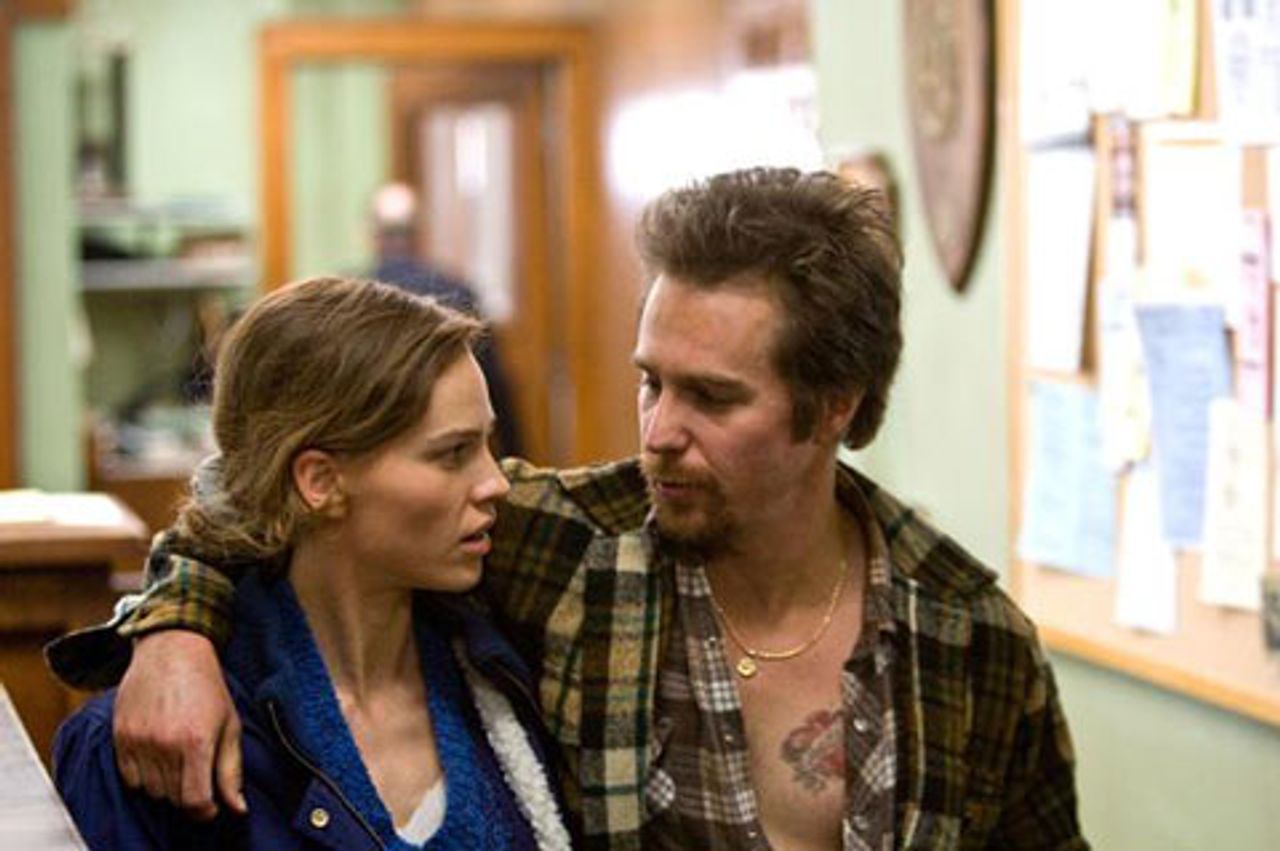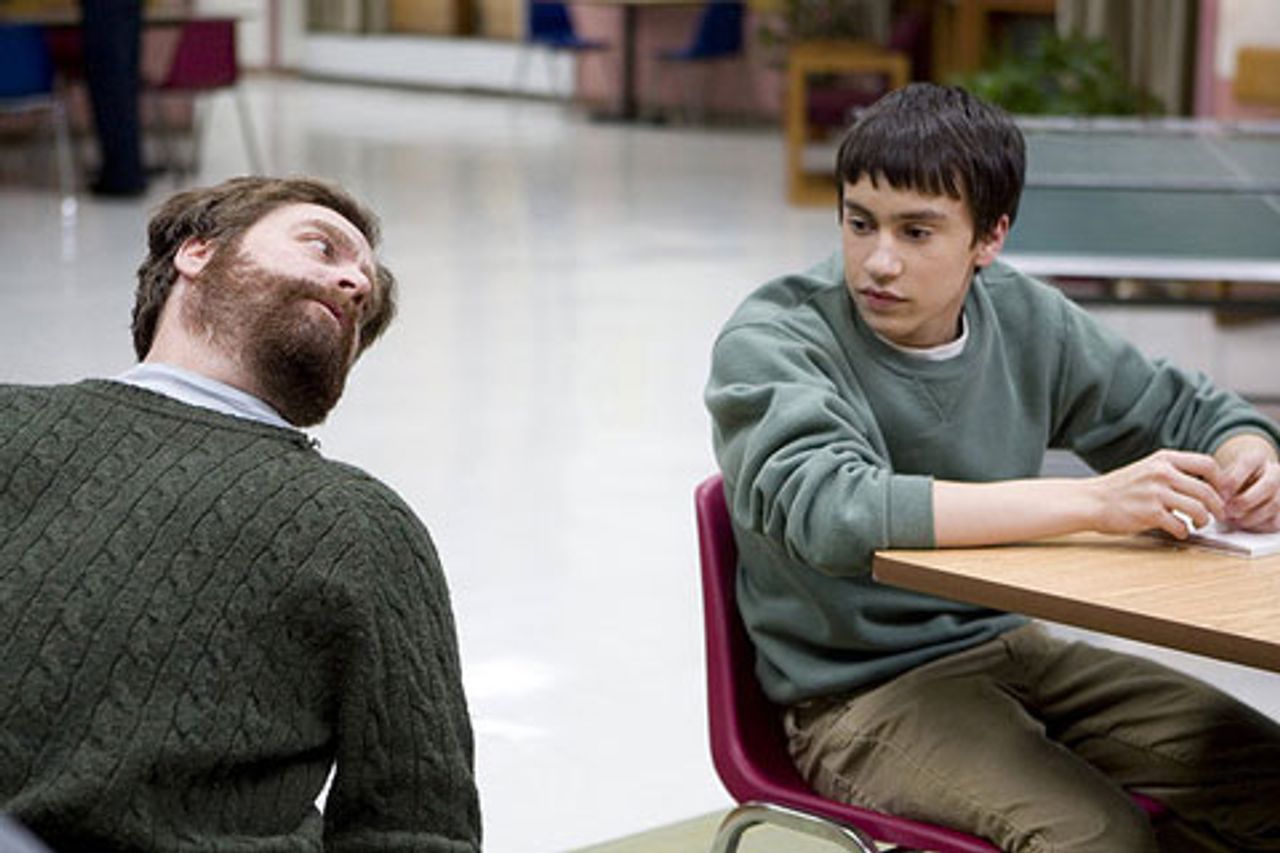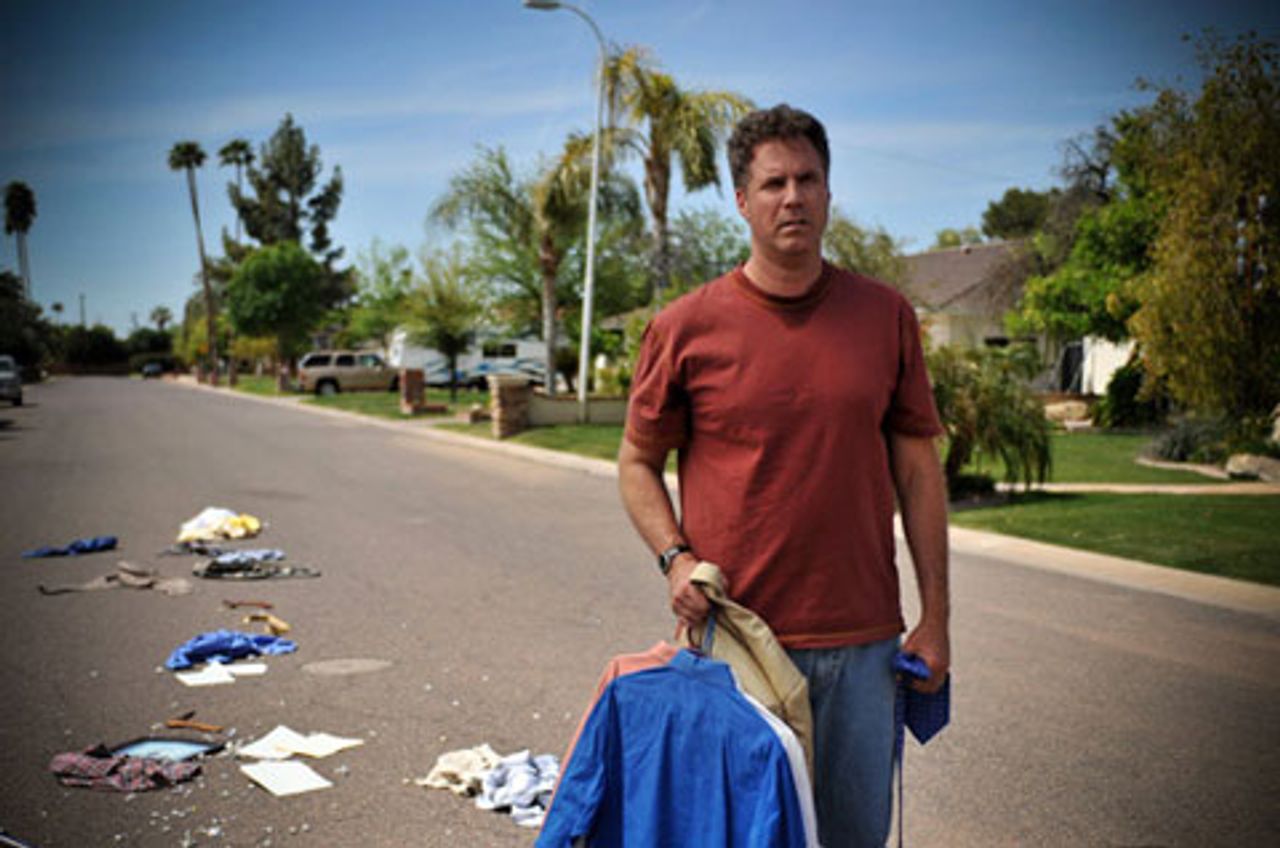This is the fourth of a series of articles devoted to the recent Toronto film festival (September 9-19). Part 1 was published on September 23, Part 2 on September 28 and Part 3 on October 1.
The art of seeing the world, of compellingly treating everyday life, is an all-consuming labor. To represent external reality deeply and truthfully requires insight into social processes, it demands a degree of historical and social perspective—something in short supply among today’s artists. The route into people’s inner world (and there is no lack of artistic interest in exploring that—at least superficially—nor should there be) that offers the greatest rewards lies through an accurate appraisal of the outer world.
Of course, a proper approach to and intuition about objective events are no guarantee of intriguing art. As Aleksandr Voronsky noted, there “is a generous distance between good ideology and its good artistic incarnation.” There are signs that social and economic transformations are allowing for a ‘better ideology’ to take hold. This in turn is creating the potential at least for “better artistic incarnations.”
At this year’s Toronto festival, a number of fiction films from the US, straddling the line between independent and commercial cinema, and featuring well-known Hollywood actors, attempted to work through different aspects of social reality and their impact on emotional life. Despite limitations, there were instances of sharpened perception and increased depth of understanding.
“An artistic work is truthful if the sensations and conceptions which it arouses in us correspond to the actual ‘nature of things,’ if they have the character of objectivity.” By Voronsky’s definition, these films represent a partial achievement, but an achievement nonetheless.
 Conviction
ConvictionConviction, directed by Tony Goldwyn (grandson of famed Hollywood producer and executive Samuel Goldwyn), is a serious drama. It recounts the 18-year battle by a woman to overturn the guilty verdict that sent her brother to prison for the 1980 stabbing death of a woman in Ayer, Massachusetts.
Betty Anne Waters, conscientiously portrayed by Hilary Swank, and her brother Kenny (Sam Rockwell) had a tough upbringing in small-town Massachusetts. Their intense bond and the injustices of the police and legal system (Kenny was framed by a vindictive cop, played by Melissa Leo) impel Betty Anne to earn a law degree against all odds, forfeiting much of her personal life.
Although the flashbacks of the siblings’ childhood are a bit clichéd, the film’s depiction of Betty Anne’s passionate crusade to exonerate Kenny is well done, generating a gripping, but balanced, momentum. Supporting actors Leo, Minnie Driver, Peter Gallagher and Juliette Lewis deliver performances that speak to the commitment of the cast to bring this case to light.
Waters worked with the Innocence Project, and through DNA testing, brought about her brother’s release from prison in 2001. (Tragically, Kenny Waters died six months later at age 47, having spent more than a third of his life in prison for a crime he did not commit.)
 It’s Kind of a Funny Story
It’s Kind of a Funny StoryBased on Ned Vizzini’s semiautobiographical 2006 novel, It’s Kind of a Funny Story is the latest film from the writing and directing team of Ryan Fleck and Anna Boden (Half Nelson and Sugar). The movie follows a depressed and suicidal teen, Craig (Keir Gilchrist). He has been pushing himself to the point of “stress-vomiting” to get accepted into Executive Pro-Professional High School—“set up to create the leaders of tomorrow.” It’s an effort to please his businessman father, who is mostly consumed with “client crises.”
After nearly throwing himself off the Brooklyn Bridge, Craig goes to the emergency room of a city hospital in search of an antidepressant or a sedative. Instead, he is admitted to the psych ward, where he meets a collection of likable and even intriguing patients, who help shine a light on his problems. The institution itself is no doubt a sanitized version of the real thing.
Nonetheless, in black comedy style, the film sweetly tackles a serious subject matter. It is enhanced by the performance of Zach Galifianakis as Bobby, who has attempted suicide six times and routinely checks himself into the hospital for a “vacation, the way some people go to the Hamptons.” He is fond of reciting Bob Dylan lyrics, including “He not busy being born is busy dying,” and claiming them as his own.
The film accesses certain feelings about the real personal and social pressures weighing down on young people, who confront, among other things, “two wars and a messed-up society.” Also “undergoing renovations” are a self-harming teenage girl (Emma Roberts), an alienated Egyptian immigrant and a black radical academic from a prestigious university who “went bonkers after the passage of the Patriot Act.” Jeremy Davies as a hip staff member also adds color.
Craig’s reinventions of reality serve to reinforce some of the film’s concerns. This is especially the case with the patients’ glittery performance (in his head) of the 1980s hit song from Queen “Under Pressure,” featuring lyrics such as “She been around/Kicked my brains around the floor/These are the days it never rains but it pours.”
A 1978 Raymond Carver short story, “Why Don’t You Dance?,” was the inspiration for writer-director Dan Rush’s Everything Must Go. In the course of one day, Nick (Will Ferrell) loses his sales management job to a younger replacement and returns home to find that his wife has thrown his belongings on the front lawn, changed the locks and disappeared.
Sober for the last six months, Nick begins fortifying himself with large quantities of beer, provocatively setting himself up on his property with his ejected possessions. Given five days to vacate, he makes a pretense at a yard sale until a neglected neighborhood boy (Christopher Jordan Wallace), who proves to have the “gift” of salesmanship, organizes the dispersal of Nick’s past life.
Also helping Nick out of his rut is a pregnant neighbor (Rebecca Hall), whose absentee husband is on the same destructive path as Nick, both personally and professionally (“You put up curtains so you don’t have to look at your future”), and an old girlfriend (Laura Dern), who tells him he’s always had a good heart.
 Everything Must Go
Everything Must GoEverything Must Go is somewhat sluggish and a bit timeless, in the bad sense of the word. Carver’s original story is very short and quite evocative. The writer, who came from humble economic origins, caught the feeling of life in an American society going seriously downhill in the 1970s. Something of the stunted character of life and language comes across in his work, as well as the mostly futile efforts by his characters to articulate those difficulties.
Rush was obviously intrigued by the Carver story, but he has not done the necessary work. Much has happened in America since 1978, and much of that has affected emotional life. Suburban angst is not something unchanging. The film does not convey enough of what we need to know about the state of life in an upper middle class suburb of Dallas, Texas, in 2010.
The filmmaker has had to fill in many concrete details to expand the original story into a full-length film, and not always happily.
It seems unlikely that Nick’s wife would initiate such havoc under the noses of her well-heeled neighbors, or empty his bank account and cut him off from his credit cards and cell phone, at least not without extraordinary provocation. But “everything must go” apparently, in the film’s terms, so that Nick can emotionally break from a life that has physically disappeared. This is a potentially meaningful theme that only gets a partial treatment, leaving the actors—with much riding on Will Ferrell—in something of a dramatic no-man’s land.
Weaker fiction films
Blue Valentine, from US filmmaker Derek Cianfrance, stars Ryan Gosling and Michelle Williams as a couple in a failing marriage. The latter, with a career in the medical field, is being pulled in a middle-class direction. She is frustrated that her musically talented husband, who rescued her from life as an unwed mother, holds no loftier ambition than caring for his wife and daughter (movingly played by six-year-old Faith Wladyka).
 Blue Valentine
Blue ValentineAn attempt to revive the relationship, which flashbacks show had a promising, even poetic beginning, ends in disaster. According to the director, the “film deals in contrast: man/woman; love/hate; light/darkness; film/video, etc…. This same duality lives in the film’s temporal structure…. I wanted this film to be honest and to feature real people and real situations.”
Clearly there was an effort here to create something honest and sensitive about the couple’s highs and lows. And Blue Valentine contains some remarkable moments, such as the sequence during the couple’s courtship when the duo spontaneously break into a song and dance routine on a city street. The tap-dancing Williams is arresting in her shyness and innocence.
A truly honest work, however, would have dealt with the protagonists’ lives and difficulties in a more serious manner. The drama suffers from gaps and missing links, and contrivances. One feels, for instance, that the filmmakers are straining for an emotional impact, at the moment of the couple’s breaking apart, without having thoroughly presented the facts that make that breaking apart convincing.
While the film gets certain superficial, external trappings right, the deeper levels of American life remain undisclosed, a fact that be can’t be masked by a faux-emotional grittiness.
Neds, which stands for Non-Educated Delinquents, is Scottish actor/director Peter Mullan’s third feature film. Set in Scotland in 1972, it is the story, according to the movie’s production notes, of a young working class man’s “journey from prize-winning schoolboy to knife-carrying teenager. Struggling against the low expectations of those around him, John McGill [Conor McCarron] changes from victim to avenger [actually near-homicidal maniac], scholar to Ned, altar boy to glue sniffer. When he attempts to change back again, his new reality and recent past make conformity near impossible and violent self-determination near inevitable.”
Although Mullan claims that all the elements of his film, such as composition and mise-en-scene, were in large part determined by the inner life of his leading character, the fact that this latter, crucial aspect is not properly investigated or developed makes John’s extreme transitions unbelievable and a bit tedious. More importantly, the movie seems overwhelmed by the inhumanity of a brutal educational system and even more brutal social order.
Groping for solutions, the filmmakers advocate—in a somewhat moralistic and quasi-religious fashion—staying in school as the best option for oppressed youth. A certain discouragement makes itself felt. In Scotland in 1972, with big social movements and explosive developments in the working class, far more than this was open to people. The writer/director should be aware of this—and allow some of that entry into his film—even if his characters might not have been.
Slick and chilly, French filmmaker Alain Corneau’s Love Crime stars Kristin Scott Thomas and Ludivine Sagnier as high-powered executives who face off in a cat-and-mouse crime thriller. Heavy on plot detail and paper-thin in emotional content, the film is a well-crafted but soulless and forgettable piece.
To be continued
